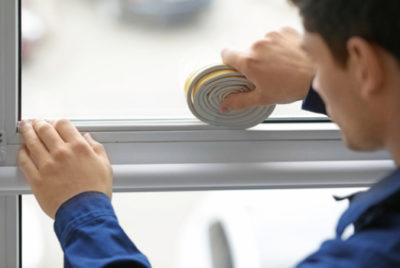BLOG
5 Steps to Switch from Air Conditioning to Heating

As summer becomes fall and temperatures move from hot to cold, you can do several things to reduce your utility bills in the upcoming season. After all, who wants to pay extra dollars when they don’t have to?
5 tips for keeping your heating and cooling costs in check.
Once the dog days of summer are over, go ahead and schedule the following maintenance on your HVAC system.
1. Change your air filters.
Chances are that you’ve been switching out your filters monthly through the cooling season, but it’s a good idea to start heating with a fresh filter in place. With cold and flu season approaching, you want to trap all the contaminants floating around.
For those with allergies or asthma, you might also consider installing an electronic air purifier. Those units can remove up to 99% of all airborne contaminants.
2. Clean your air conditioner & furnace.
We recommend that you have a service professional clean your HVAC system twice a year during seasonal maintenance checks. Dirt, dust, and debris can get trapped in your blower reducing its efficiency and contaminating the air inside the home.
Dirty sensors can also cause problems with gas furnaces. Failure to ignite can cause a buildup of gas which is then pushed through your ductwork and throughout your home.
3. Test the system.
The worst time to test your furnace is during the first hard freeze. Instead, turn it on as soon as temperatures hit the “cool” stage. That way, if there is an issue, you can get it fixed before it is truly needed.
Make sure you set the thermostat to a temperature high enough to cause it to kick on and let it cycle through twice. That way you know everything is in proper working order.
4. Get your furnace serviced.
Many HVAC companies can set you up on a service plan so that you don’t even have to remember to make the appointment. Twice a year, a technician will come by and clean and test your system so that everything is working as it should.
This is the best way to ensure that you are getting maximum efficiency and not paying extra on your utility bills.
5. Make sure your home is sealed.
Some of the leading causes of heat loss are drafty windows and doors. Install weather stripping around the casing and repair any broken sills.
Add insulation to cold spaces such as attics if adjoining rooms won’t heat up and check your ductwork to make sure precious heat is not being lost underneath the floorboards.



